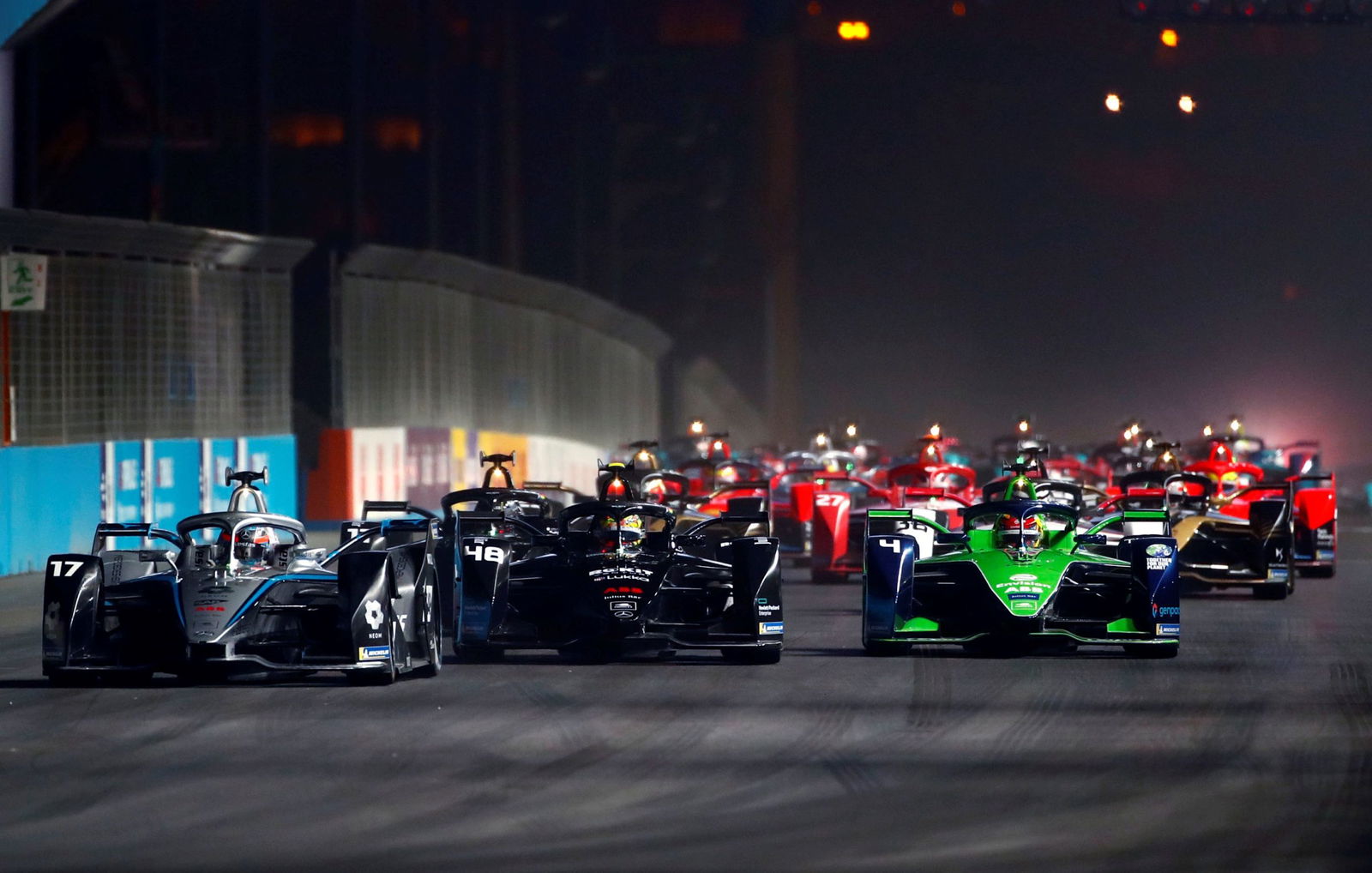
Electric vehicles sales are on the rise but internal combustion vehicles continue to dominate the sales charts around the world, primarily because EVs are more expensive to both build and buy.
But Sylvain Filippi, managing director of Formula E team Envision Racing, believes that will change in the near-future, with EVs set to reach price parity with internal combustion engine (ICE) vehicles by the middle of the decade. When that happens, Filippi believes it will cause the rapid decline of ICE models.
Speaking at the recent Reuters IMPACT climate conference, Filippi said during an interview that change is on the horizon.
“In 2025/2026 … you’ll start to see parity on the supply side, in developed countries,” Filippi said.
Crucially, he believes that if the cost of buying a new EV is the same as an ICE model, the total cost of ownership will be less for the electric alternative as it is cheaper to charge and service.
Filippi said he believes this will be the catalyst for widespread change across the car industry.
“That’s the tipping point,” he said. “When that happens and we can manufacture these cars at scale, then the floodgates will open
“At that stage, buying an internal combustion car will be a very bad idea because the original value of these cars will be nothing. It will become a really bad asset and I think the transition will accelerate really rapidly.”

His view is backed up by one of the world’s biggest producers of both ICE and EV models, Volkswagen Group, which had previously suggested the same timeframe for the two types of vehicles to reach price parity.
But not all car makers see it that way. Trevor Worthington, who leads Ford’s ICE programs, believes there is still a lot of life left in petrol and diesel powered vehicles. In fact, he wants to grow Ford’s ICE business over the next decade and beyond, despite the increasing popularity of the blue oval’s EVs, including the Mustang Mach-E and F-150 Lightning.
“We want to grow EV, and we want to grow ICE,” Worthington said. “For the longest time out in the future, there’s going to be a need for the ICE business. We need ICE vehicles because our customers want them and our job is to make sure that we execute them really, really well, so that we get the revenue, we get the volume that we need, but we also… need to look for other opportunities because there are unmet needs.
“If you’re going to spend 50 billion on EVs, which we’ve said we’re going to spend, that doesn’t come on a credit card. That comes out of really solid plans to deliver revenue and get the money in to afford the transition for all the businesses.”
Worthington believes that while EVs will boom in certain markets, the majority of the world is adopting them more slowly.
“When you look at the markets that are probably going quickest towards electrification, China and Europe, maybe the US is going a bit slower than that. If you look at the market outside those three, the rest of the world, probably 50 per cent of the ICE vehicles that we sell in 2027, 2028 are going to come from those other markets,” Worthington explained.
“It’s probably inevitable that more countries are going to drive towards an end date. But again, if you look at China and you look at Europe and then you look at the US, outside of those three markets, ICE is going to run, I think a lot longer than it is in those markets.
“I would expect that there’ll still be lots of markets that are selling ICE vehicles in 2035, 2040.”

What’s clear is that currently there is still some way to go to achieve price parity in the Australian market, with EVs still significantly more expensive than an ICE equivalent. For example, the Hyundai Kona Highlander with a 2.0-litre petrol engine starts at $38,300, while the Kona EV Highlander begins at $58,000 for the standard range battery – a nearly $20,000 price difference.
Similarly, the most affordable EV on sale in Australia today is the MG ZS EV Excite, which is priced from $46,990, but that’s still $24,000 more expensive than the ICE version of the same model.
Despite the significant price premium for EVs in the Australian market, they continue to increase in popularity. Sales of EVs in 2022 is up more than 500 per cent in the first nine months of the year, with 21,771 EVs sold this year compared to just 3568 in the same period in 2021.
This has been driven by a variety of factors beyond just price, with more models and greater supply making EVs more appealing to customers.
What do you think – would you swap to an EV if it cost the same as a petrol or diesel model? Let us know your thoughts in the comments or on social media.













Discussion about this post